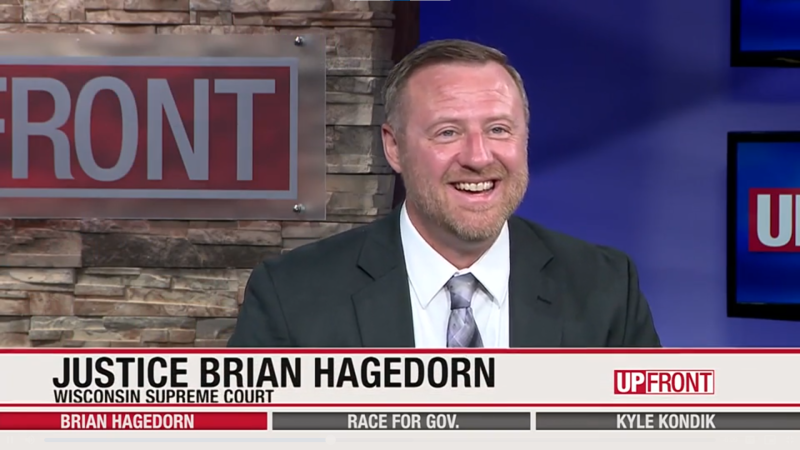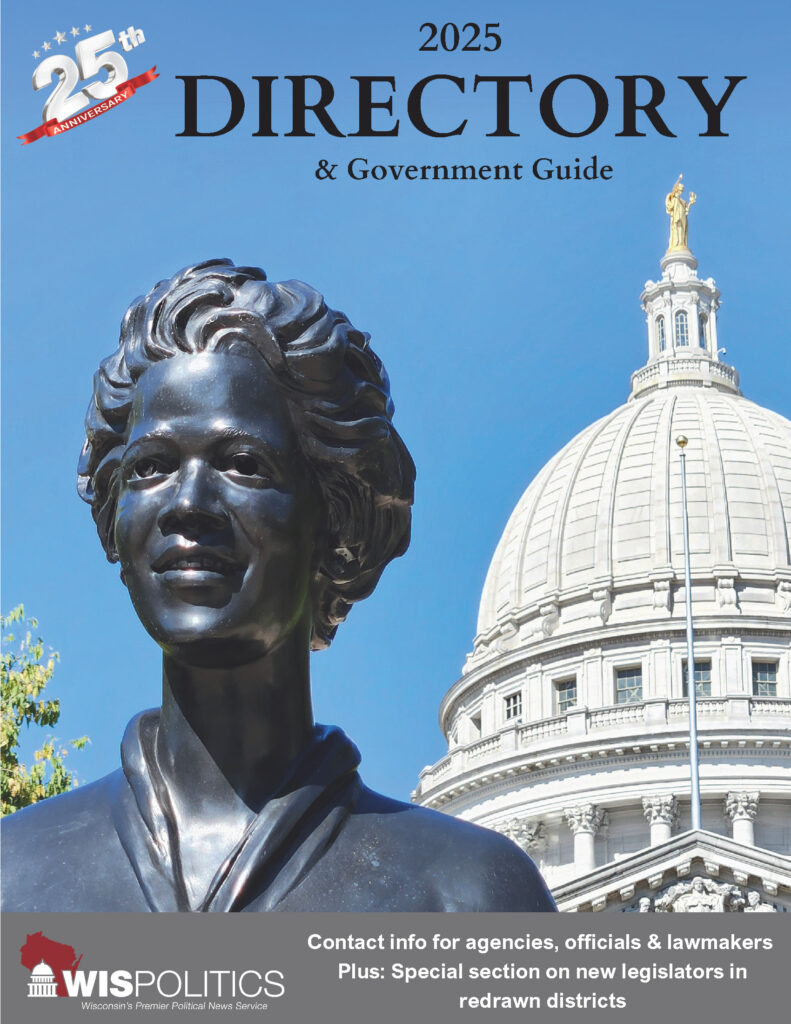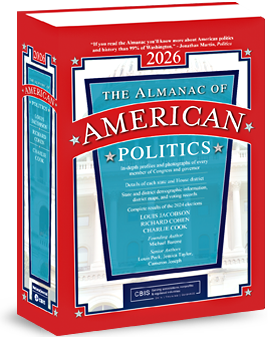Wisconsin Supreme Court Justice Brian Hagedorn says he'll likely seek another 10-year term on the state's high court when his term is up in 2029.
"I'm proud of my record and proud of where I stand," Hagedorn said on WISN 12's "UpFront," which is produced in partnership with WisPolitics. "At the moment, I'm inclined to, but we've got three important races between now and then. So, like I've said, I...
Please log in to access subscriber content.
If you don't have a subscription, please contact schmies@wispolitics.com for subscription options on the WisPolitics-State Affairs platform, which is the new home for WisPolitics subscriber products.



